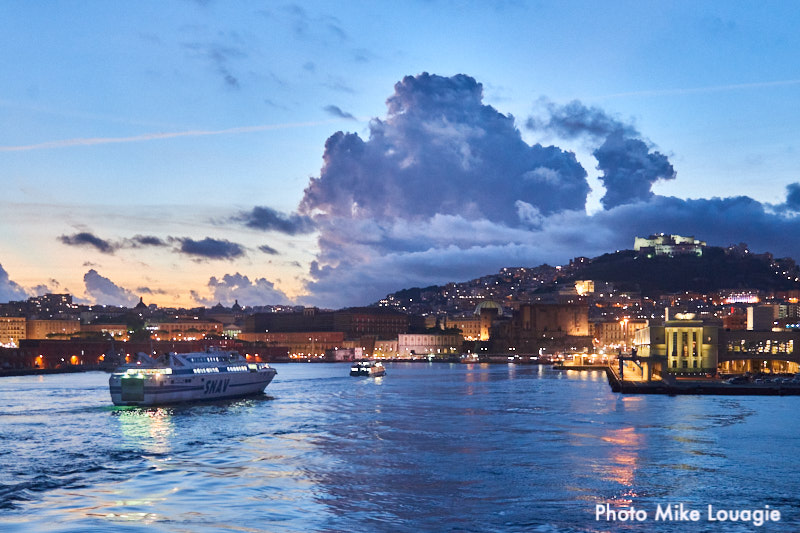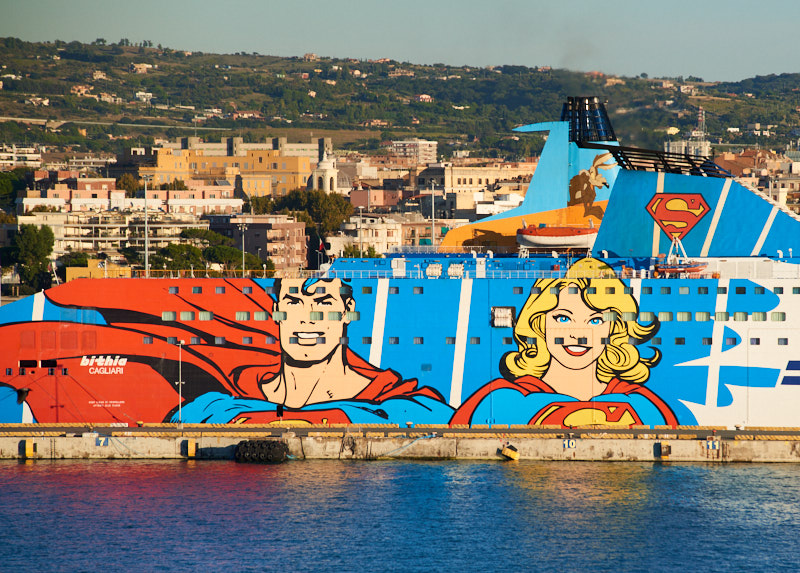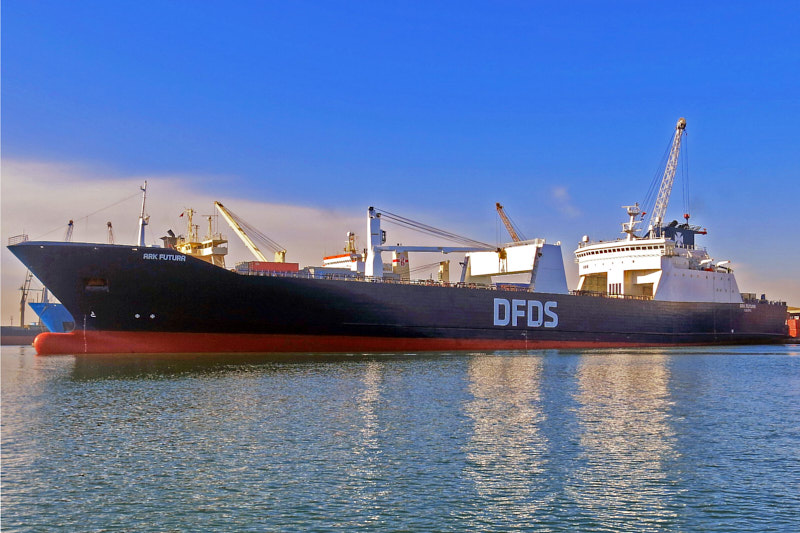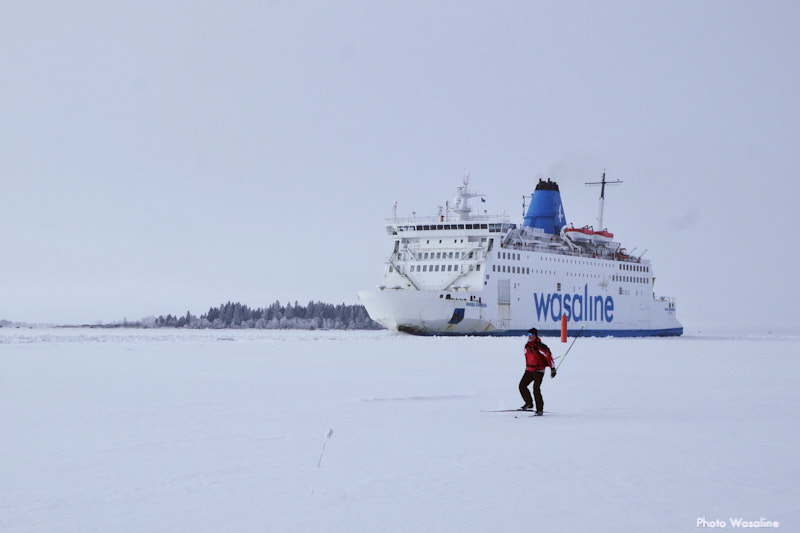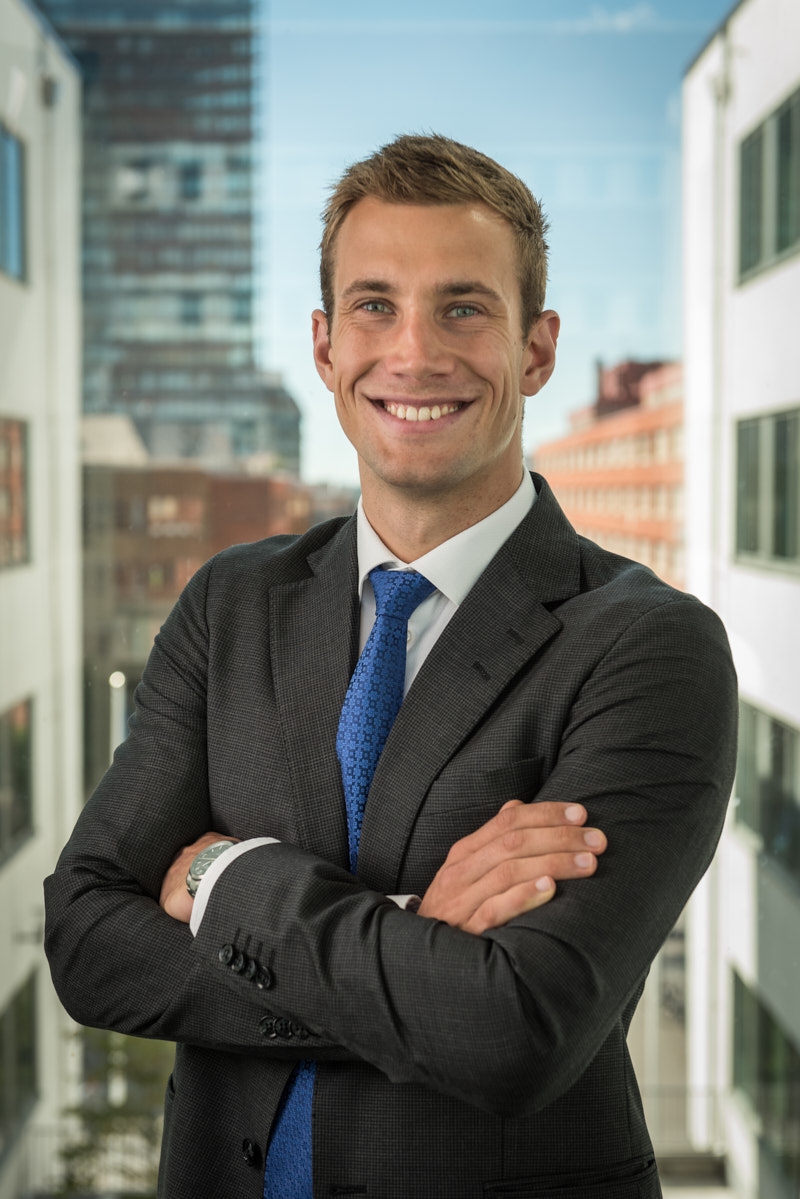ANEK LINES Q3 2020 Key Financial Figures
During the first nine months (2020), traffic volumes of the ANEK Group vessels dropped by 50% for passengers, by 44% for private cars and by 8% for freight units.
Respectively, in Q3 (2020) traffic volumes decreased by 48% in passengers, by 38% in private cars and by 6% in freight units.
First 9 months of 2020 in EUR ,000 (same period in 2019)
- Turnover: 97,004 (138,076)
- Gross Profit: 13,893 (36,491)
- EBITDA: 7,705 (26,582)
- EBIT: -718 (18,080)
Consolidated profit before taxes: -7,685 (11,039)
Consolidated profit after taxes: -8,216 (10,120)
- Q3 of 2020 in EUR ,000 (same period in 2019)
- Turnover: 41,627 (65,573)
- Gross Profit: 12,429 (27,711)
- EBITDA: 10,004 (23,408)
- EBIT: 7,155 (20,582)
Consolidated profit before taxes: 4,916 (18,069)
Consolidated profit after taxes: 4,642 (17,540)
The second wave of the pandemic and the new restrictive measures in the movement of passengers are expected to lead to a decrease in traffic and revenue during the winter period 2020-2021 compared to the same period last year, while a gradual recovery of sizes is expected after Q1, 2021.




